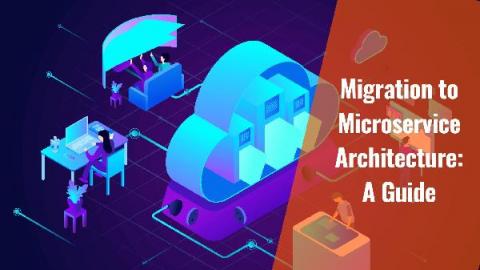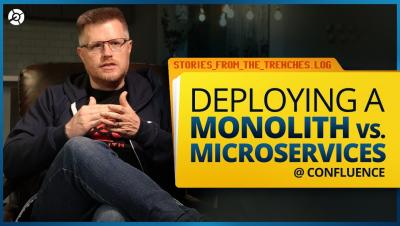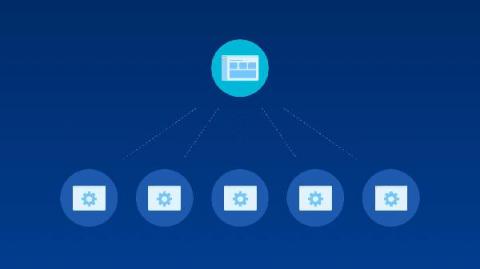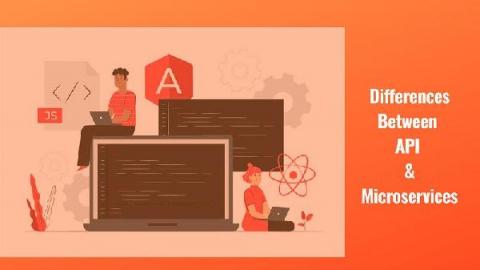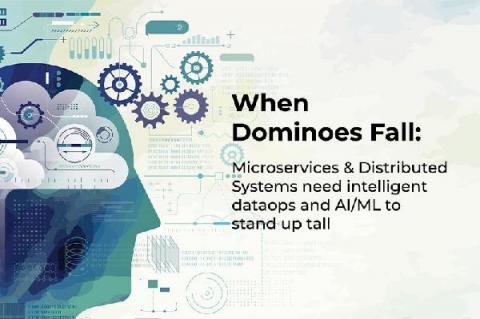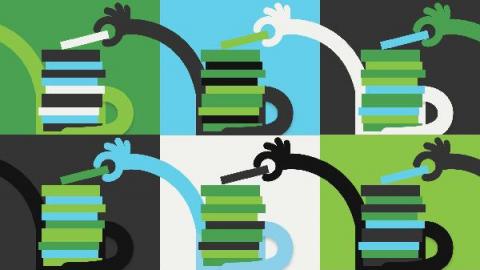Migration to Microservice Architecture: A guide
The software design is perhaps the most important aspect that directly influences the ability to scale up, workload performance, the availability of the software, and the longevity of the software itself. It is also important to understand that traditional monolithic designs are still usable and widely used to fulfil many everyday goals. However, now we have a different problem. With the rapid growth of digital services , virtualization services, and an increasing dependency on cloud-based services


